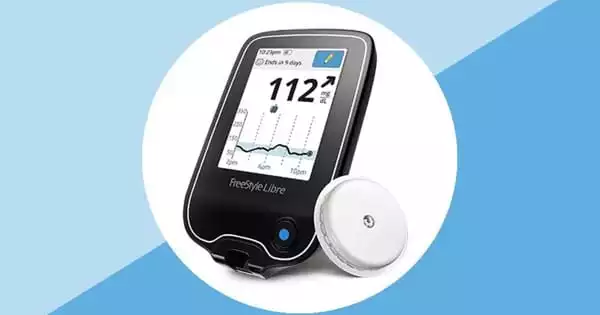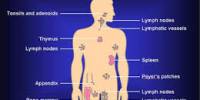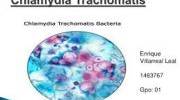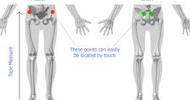Researchers at the Auckland Bioengineering Institute (ABI), University of Auckland, New Zealand, have brought a needle-free technology that would allow people with diabetes to measure blood sugar levels without having to stick a needle into their fingertips closer to reality.
The researchers focused on needle-free jet injection, a new but well-developed technique that delivers a drug directly with a high-speed narrow jet of fluid. In a study led by ABI researchers Jiali Xu and James McKeage and published in the Journal of Diabetes Science and Technology, researchers demonstrated for the first time that a jet injector could be used to collect blood samples from humans, that is, release enough blood for glucose sampling without the use of needles.
Diabetics must typically measure their blood glucose concentration several times per day. They accomplish this by pricking their fingers with a needle and releasing a drop of blood. A glucose meter then indicated how much insulin is needed to keep the person’s blood sugar stable.
Diabetics must typically measure their blood glucose concentration several times per day. I hope that this research will contribute to that, as well as improvements in human healthcare, particularly in diabetes management.
Ms. Xu, University of Auckland
Because of their high density of blood vessels, fingertips are the preferred site for blood sampling. However, the fingertips are also sensitive, and the pain, skin damage, bruising, and infection risk associated with regular ‘pricking’ has fueled increased efforts to develop needle-free methods of blood testing for people with diabetes.
The ABI Bioinstrumentation Lab at the ABI, University of Auckland, has spent years developing jet injectors for delivering drugs such as insulin, nicotine, and as a local anesthetic for dental treatment. Ms. Xu and her colleagues demonstrated that the technology could also be used to pierce the skin with a small volume of harmless saline solution, releasing enough blood to measure glucose concentrations – that is, for extraction rather than injection.
The study included 20 healthy volunteers, each of whom volunteered four fingertips for a lancet prick (the standard needle) and jet injection through three different shaped and sized nozzles. “These were designed to mimic the wound left by a lancet prick in the hope that it would release blood in a manner similar to a lancet prick,” Ms. Xu explains.
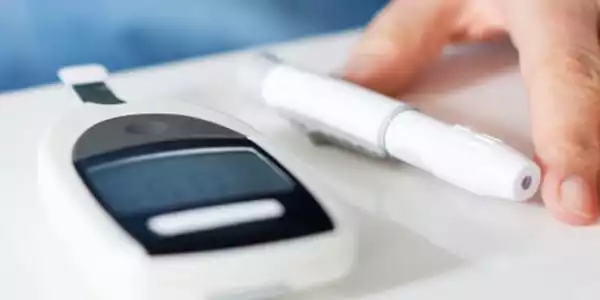
The study found that it did, with some nozzle shapes performing better than others; for example, a ‘slot’ shaped nozzle released more blood than a circle-shaped nozzle. The majority of the different jet injection nozzles were perceived to be no more painful than a standard lancet, and in some cases, even less so: participants were blinded by an opaque barrier that prevented them from seeing the procedure but allowed them to communicate with the practitioner. They were also asked to fill out a questionnaire 24 hours later to assess the level of pain, swelling, and bruising.
“You could speculate that people will find jet injection more acceptable when there isn’t a device pricking your skin,” says Professor Andrew Taberner, head of the ABI’s Bioinstrumentation Lab and Ms. Xu’s supervisor. “But there is no evidence to back that up. This was not a part of the research. We wanted to see if it worked first, and it did.”
He was pleased, but not taken aback. “Diesel mechanics have known for years that putting your finger in front of a fuel injector will result in fuel being injected into your finger. They discovered this the hard way. But we’re using what diesel mechanics discovered by accident years ago, using a very small amount of harmless liquid, to deliberately release blood.”
The team is now investigating whether they can use jet injection not only to release blood but also to suck back and extract fluid. This would allow for the creation of an even smaller nozzle. They have the technology, having developed the world’s first jet injection device that uses electric motors to pressurize the drug, allowing for more precise control than the more common spring-actuated jet injector. “Our technology can both deliver and withdraw fluid. No other jet projection technology has that capability “Dr. Taberner says.
He believes that while research into needle-free injections is a long game, as is the potential commercialization of the technology, Ms. Xu’s research will contribute to the ultimate goal of developing a single lancet-free reversible technology that will allow for both blood sampling and insulin delivery based on glucose measurement in one device. “I hope that this research will contribute to that, as well as improvements in human healthcare, particularly in diabetes management,” says Ms. Xu.
